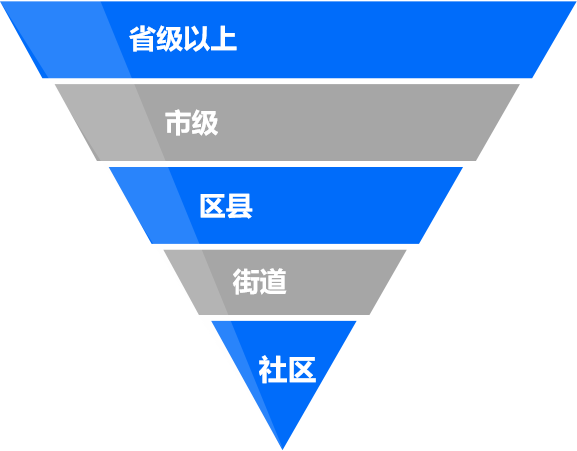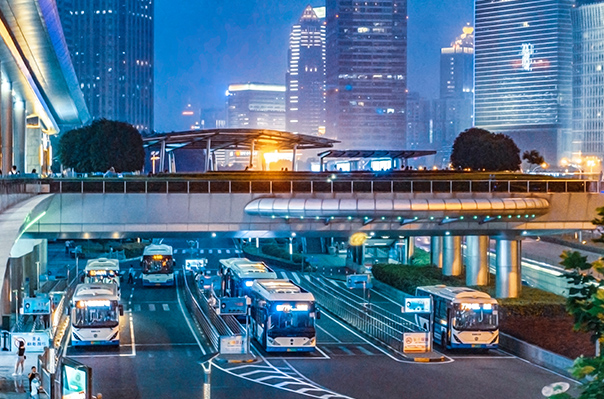CN
Welcome to hqshuke Group!
Welcome!
Login/Register
Learn about hqshuke
Core Products!
"3+X" business layout: Smart Culture & Tourism | Smart City | Smart Ecology | More Industries
Learn about hqshuke
Core Products!
"3+X" business layout: Smart Culture & Tourism | Smart City | Smart Ecology | More Industries
Success Case
Learn about hqshuke
Core Products!
"3+X" business layout: Smart Culture & Tourism | Smart City | Smart Ecology | More Industries
URBAN SECURITY EMERGENCY
Business Needs
Horizontal pain points
The report of the 20th Party Congress clearly states that
Improving the level of public security governance; adhering to safety first and prevention as the primary focus; establishing a framework for greater security and emergency response, improving the public security system, and promoting the transformation of the public security governance model to one of prevention beforehand; improving the capacity for disaster prevention, mitigation and relief and the handling of major public emergencies, and strengthening the building of national regional emergency response forces.
(i) Inadequate organizational system for emergency management
The main body of public safety risk management is the government, and the main body of responsibility is also the government, but in the aftermath of an emergency, very often as emergency response is multi-departmental, the organisational system of how to deal with the outcome and how to clearly define responsibility is not yet mature.
(ii) Poor risk management information assurance system
Poor communication of information on the emergency platform. The emergency response platform is linked to various departments, in which human, financial and material resources are distributed among different departments, and there is a duplication of responsibilities among the departments and a lack of good coordination. Information accumulation and distortion. The existing public safety risk management model is lagging behind and the entire emergency platform management process is complex, with information piling up and ineffective elimination of invalid information, seriously interfering with the management process. Mismatched infrastructure and information technology. The lack of independent technological innovation in IoT technology makes it difficult to make fast and accurate emergency response, and the urban IoT stays at the perception layer, unable to meet the development needs of emergency management in smart cities.
(iii) Poor communication capacity for emergency information integration
The main problems are information fragmentation; insufficient integration and dispatch of emergency information; lack of timely analysis and processing of real-time monitoring data; and untimely information linkage with other agencies, etc. In particular, the grassroots emergency management departments have not yet formed an overall unified cross-departmental, cross-industry and cross-regional emergency communication organisation system.
Vertical pain points

"Five levels of coherence"?
Safety at the grassroots level to open up the "last mile"
When the grassroots are ruled, the world will be safe.
The 14th Five-Year Plan states that.
Encourage localities to explore innovative production safety supervision systems according to the actual situation; guide townships, streets and functional areas to establish a sound production safety prevention and control system; optimize the configuration of production safety supervision forces and implement grassroots production safety grid supervision; promote the extension of production safety supervision services to small and micro enterprises and rural areas.
Guidance from the Office of the Safety Commission of the State Council on Strengthening Grassroots Gridded Supervision of Production Safety.
The implementation of grass-roots production safety grid supervision, so that the production safety supervision system extended to the grassroots, to help open up the production safety supervision "the last kilometre", is the new situation of innovative production safety supervision mode, enhance the production safety supervision efficiency of the urgent requirements, to alleviate the outstanding contradictions between the task of grass-roots production safety supervision and supervision forces, to enhance the ability of comprehensive governance of production safety throughout society, to build a full-coverage, co-management of production safety supervision work pattern is of great significance.
Overall Architecture


About hqshuke
Solutions
Contact
Address:No. 01-03, 17/F, Block B, Building 10, Shenzhen Bay Technology & Ecological Park
Tel:40088-11138 or (+86)755-88328999
Complaint:0755-88328980
E-mail:88328999@hqshuke.com
Copyright © Global Digital Technology Group Limited 2022 All rights reserved Guangdong ICP No. 09156180
















